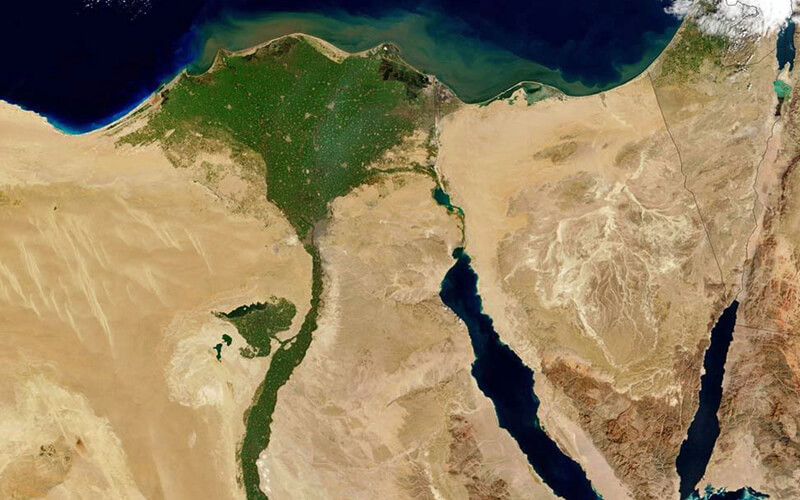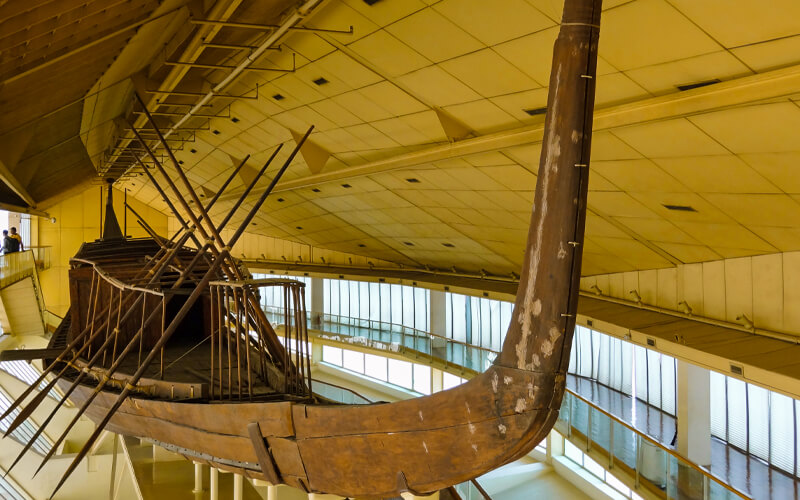The Western Desert and Oasis
The Oasis and Desert of the Western Desert
The Western Desert covers more than two-thirds of Egypt’s land area. Initiated on the west bank of the Nile, the desert extends westward through Libya and southward into Sudan, becoming a section, together with the rest of the Sahara Desert, of a large expanse that reaches across North Africa to the Atlantic Ocean. Even though the desert is virtually always bone dry, it does not have a scarcity of water.
Rains that fall on occasion replenish vast subterranean aquifers under the desert, which periodically leak water to the surface of the earth. Water, just as it is along the Nile, is essential to life in this region, and when springs burst through the surface, fertile oases have sprung up around them. These isolated gardens in the desert have long sustained sizable groups of people and significant agricultural growth, as well as a culture that is distinct from that of the Nile Valley, according to historians.
A route that starts in Cairo and ends in Luxor makes a circle that passes through the four oases east of the Nile Valley and connects the two cities. Siwa Oasis is located farther to the west and even more secluded, whereas Fayoum is built around a lake that is closer to the Nile Valley. Almost all of these places have extensive and illustrious histories that extend back thousands of years. As a result of their relative seclusion, they have evolved independently of the rest of Egypt, demonstrating the impact of the desert-dwelling Bedouin culture on their development.
A distinct language, Tisiwee, is spoken in Siwa, and it originates from the nomadic Berber people who reside in the deserts of Libya and Algeria to the west of the city.
The ancient trading and agricultural centers of Bahariya, Farafra, Dakhla, and Kharga Oasis, which are connected by the route that circles across the desert between Luxor and Cairo, were significant commercial and agricultural centers even before the time of the Old Kingdom. The plentiful water supply in this area supported agricultural initiatives of an unexpected scale. Bahariyya was believed to have sustained several hundred thousand people during the Greco-Roman period when the oasis flourished as a result of the protection offered by the Roman troops against commerce coming from the south.
Today’s oases are much smaller, but they still support a distinct culture and some of Egypt’s most active archeological sites, as evidenced by the discovery of a massive Middle Kingdom burial ground known as the Valley of the Golden Mummies near Bahariya in 1999, which was known as the Valley of the Golden Mummies. Because of its proximity to Cairo, Bahariya has become the most popular tourist destination in Egypt, with travelers flocking there to begin desert camping adventures into the bizarre White Desert and the Great Sand Sea.
Even if the other oasis is less well-known, they provide a unique journey for travelers who want to go as far away from the usual road as possible, and each of them has some intriguing archeological remnants from the pharaonic or Greco-Roman times.
Fayoum is situated closer to Cairo and is more strongly identified with the Nile Valley than other cities in Egypt, yet it also has a distinct history. In the Middle Kingdom of Ancient Egypt, this site was the political epicenter, and Lake Qarun, which forms Fayoum’s freshwater heart, continues to feed large numbers of migrating birds, which Egyptian rulers have taken pleasure in hunting throughout history.
Siwa’s past is even more unusual than that of other people. It was the last site on earth where the gods of Ancient Egypt were worshiped since it was so far away from the rest of Egypt and its surrounding region. Islam did not even begin to expand in Egypt until the 13th century, some 700 years after the Arabs first set foot on the country’s soil. Since the 6th century BC, rulers from all across the Mediterranean, including Alexander the Great, have made the long trek over the desert to visit the Temple of the Oracle.
Even though outside influence has risen in Siwa since a road connecting it to the coast was constructed in the 1980s, it continues to be a completely distinct region, noted for its warm springs and vast plantations of olive and date palms.
In today’s world, it is becoming more popular with tourists looking for the ideal tranquil and distant escape, prompting the construction of various deluxe hotels and eco-lodges. This is a lengthy drive, but it will be well worth it after you have seen the unique attractiveness of this oasis, which includes the ruins of an old fortress town, salt lakes and freshwater springs, palm groves, and the surrounding desert. Siwa is located on the Arabian Peninsula.
If you want to spend a fantastic vacation check out our amazing Egypt Vacation packages or Egypt oases to find the best way to travel to Egypt for you.



